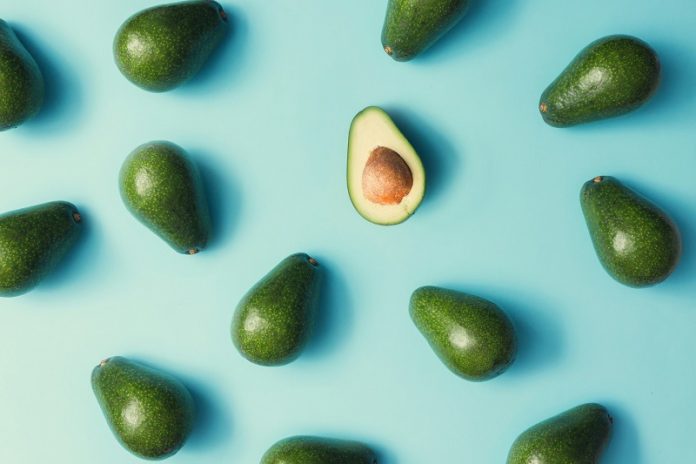
The avocado may be a trendy food today, but its roots stretch back more than 11,000 years.
A groundbreaking archaeological study is revealing how ancient people in Central America slowly turned wild avocados into the creamy, nutritious fruit we enjoy today.
And it all started in a cave in Honduras.
Dr. Heather B. Thakar, an anthropologist from Texas A&M University, is leading the research at El Gigante Rockshelter, a highland cave in western Honduras.
This site has preserved some of the oldest and best-kept plant remains ever found in a tropical climate—an extremely rare opportunity, since plants usually decay quickly in such environments.
Over thousands of years, people living in the region began managing avocado trees.
According to Dr. Thakar, early humans took over the role once played by giant animals like sloths and mammoths, which originally helped spread avocado seeds.
After these animals went extinct, humans began planting, managing, and eventually cultivating avocado trees for their own use.
Evidence from the site shows that people slowly started choosing larger avocados with thicker skins—traits that made the fruits easier to transport and more useful as a reliable food source.
Radiocarbon dating of avocado pits and rinds revealed a clear timeline: by around 7,500 years ago, indigenous farmers had already made significant improvements to the avocado, and by 2,000 years ago, fully domesticated varieties were being grown.
What makes this story even more remarkable is that people were farming avocados in Honduras long before maize, beans, or squash—the traditional staples of Mesoamerican agriculture.
The El Gigante site has even helped researchers trace the history of maize farming, which started later but also left a rich record of development at the site.
Thakar uses a mix of science and anthropology in her work, combining tools like radiocarbon dating, stable isotope analysis, and seed measurements to understand how ancient people interacted with plants. Her research shows that domestication wasn’t a single event, but a long, gradual process filled with trial, error, and innovation.
She believes that studying how ancient people adapted to changes in their environment—like shifting climates or the loss of animal partners—can help us deal with today’s agricultural challenges.
In fact, one of her major concerns is the overreliance on a single avocado variety: the Hass.
Since all Hass avocados are genetically very similar, they’re especially vulnerable to pests, diseases, and climate change.
Thakar’s research suggests that we could make avocados more resilient by learning from the past and introducing genes from wild avocado populations.
El Gigante Rockshelter is now recognized as one of the most important archaeological discoveries in Central America in recent decades.
Dr. Thakar and her team are working with the Honduran government to support its nomination for UNESCO World Heritage status.
Despite some modern disruptions, the cave has remained remarkably well-preserved, protecting thousands of years of avocado history—and human ingenuity.
Source: KSR.



